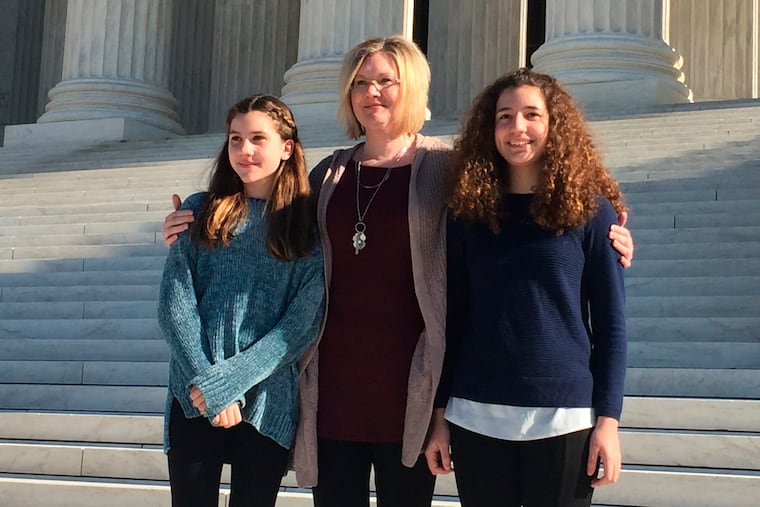Who should pay for private and religious schools? | Editorial
Advocates say parents not only have the right to send their children to any school they wish, but also that the state should pay tuition.

Advocates say parents not only have the right to send their children to any school they wish, but also that the state should pay tuition.
